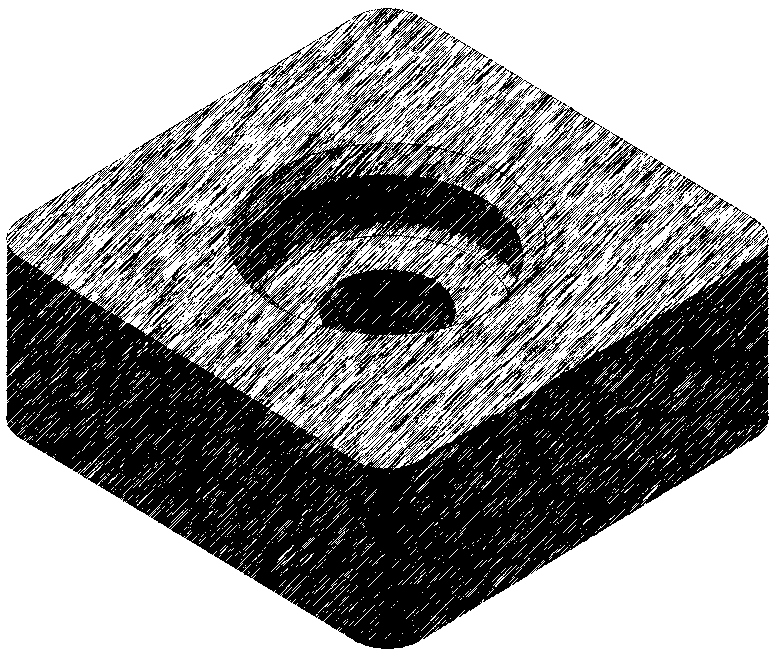Requirement engineering
We talk about requirement engineering because we see this as a process rather than only a list of demands
Critical to Quality (CTQ) requirements are the driver requirements of the product. In general these requirements determines the perfomance of the product. CTQ requirements should be measurable and their sensitivity (deviation) is often key for 'secondairy' (derived) product specifications.
Next to the CTQ requirements we have the secondary (derived) and common specifications of the product. Often these specifations play an important role in decision making of the concepts that are generated. In general in most cases the CTQ's are clear in terms of ranking the concepts, the secondary (derived) and common specifications often need more consultation with the stakeholders
Secondary specifications are the ones that strongly relate to the CTQ requirements, an example of these specifications are the ones that are parameters in the equation that determine the outcome of the CTQ
Common specifications are the ones that are generaly speaking applicable of all products, examples are manufacturability, ergonomics, costs, etc.
Stakeholders are important for the end-result of the product, communication with the stakeholdes is key for input with regards to the product specifications.
Informing the stakeholders is also part of our expectation management.
Ranking the generated concepts is to our opinion one of the key moments in the project, it will in the end determine the direction of the project.
Because of this importency we have developed our specific way of ranking the concepts, in which the basis is that it should not be subject to personal preference.
By this we mean, that we rule out personal opinion as much as possible for the benifit of clear and mutually committed decision of the baseline concept.
The benefit of our methodoloy of ranking concepts is that there is a clearity and common agreement on the weighing factors that determine the baseline concept.
The design process of course needs to be documented, we will balance the documentation "over-head" with the actual design effort.
Some of our customers have there own way of documenting their design process, where we than of course will contribute to.
In most cases it will suit to our own design process and in cases of customer documentation it is almost always an extension of ours.
For less complex projects will the level of detail documented of course be less, as stated it is a supporting process not a goal on it's own.
